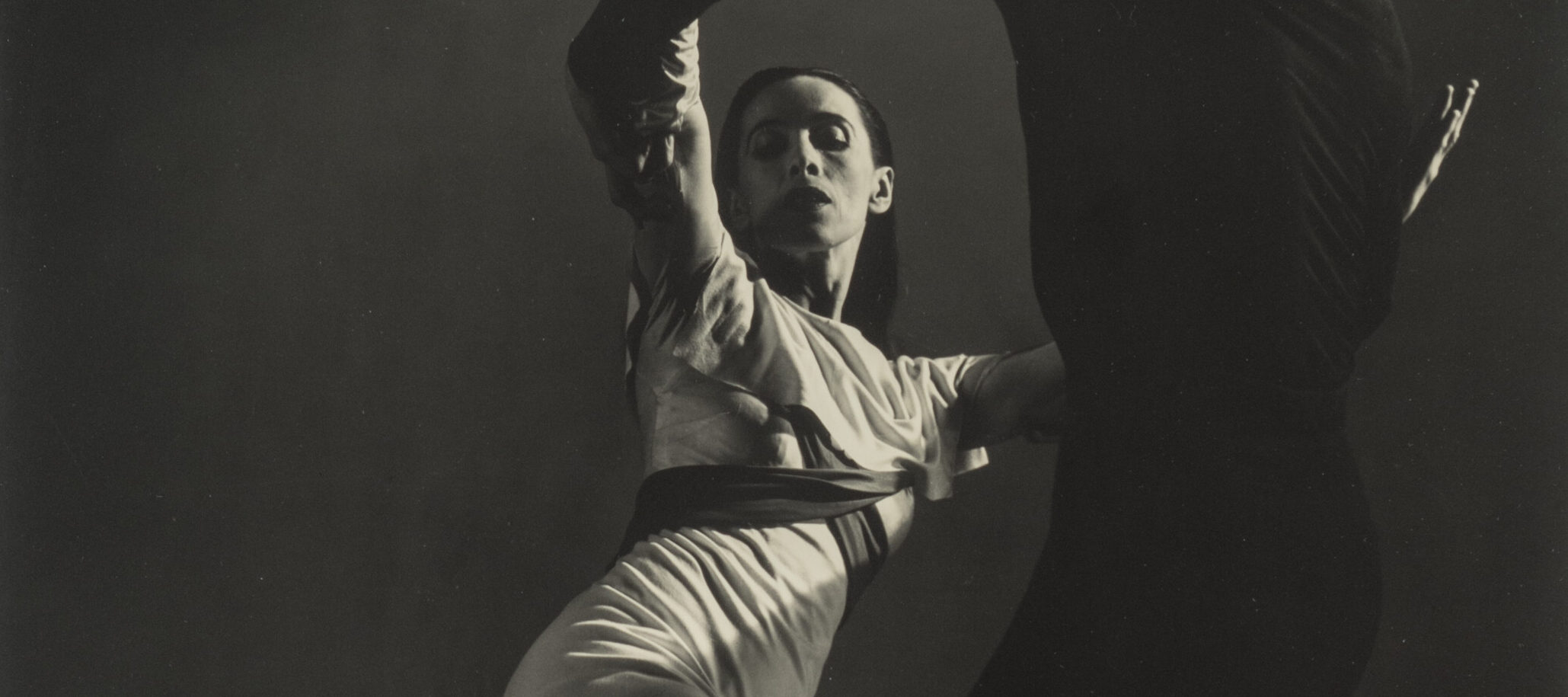Across time and place, artists have been inspired by dancers, and some are even performers themselves. Impress your friends with five fast facts about NMWA collection artists who saw movement as their muse.
1. Barbara Morgan
In 1935, artist Barbara Morgan (1900–1992) attended a performance by the Martha Graham Dance Company. Blown away by the art form, she began creating her now-famous images of Graham’s iconic dances. Her other dance muses include Pearl Primus (1919–1994) and Hanya Holm (1893–1992). Morgan believed that “dance has to go beyond the theater,” and her images helped it do just that.
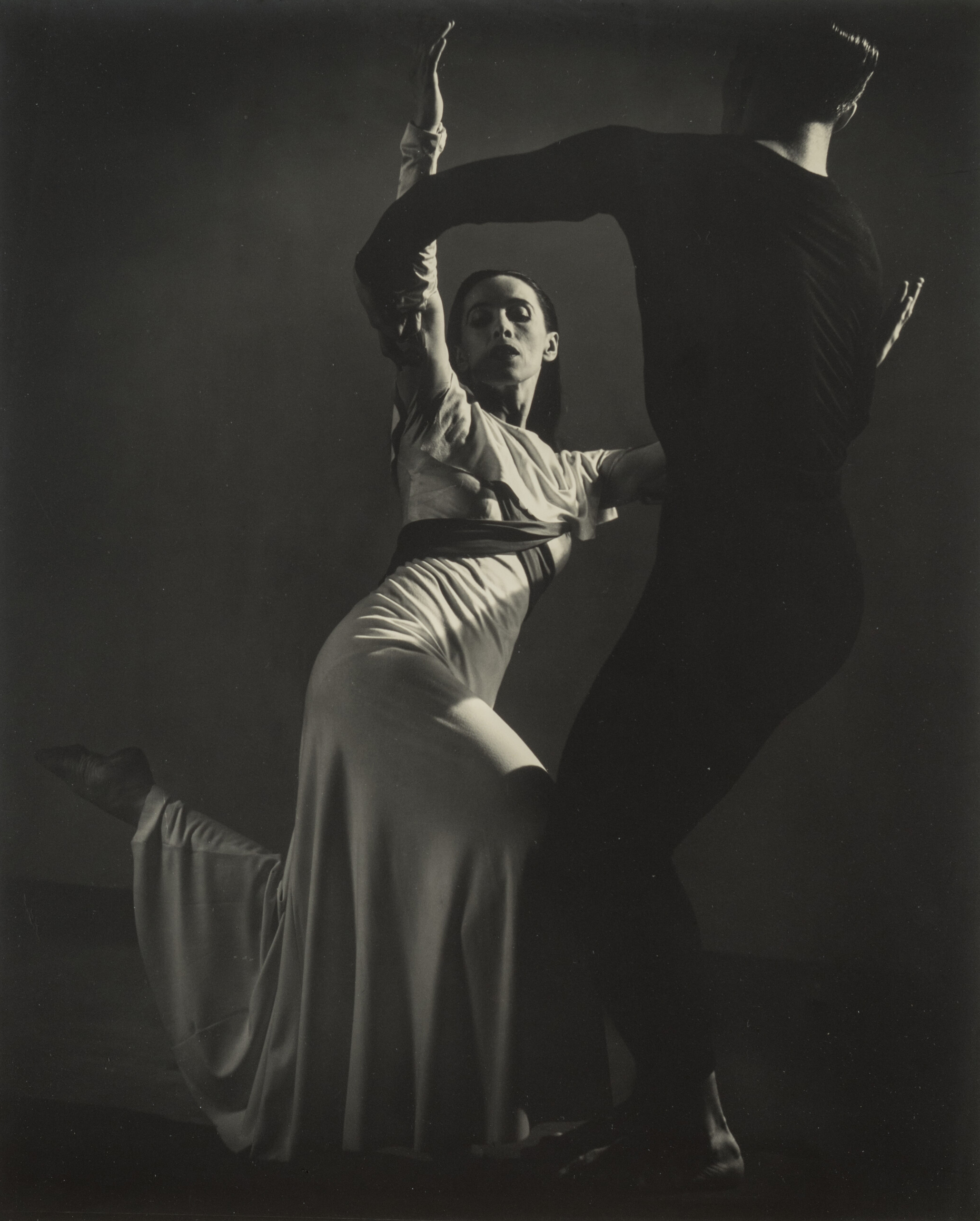
2. Dorothea Rockburne
Abstract painter Dorothea Rockburne (b. 1929) spent three years of her career dancing with the Judson Dance Theater. Participating in this radically experimental dancemaking showed Rockburne the importance of exploring ideas instead of objects. She stopped dancing and returned to painting with a new understanding of how to incorporate her mathematic studies into artmaking.
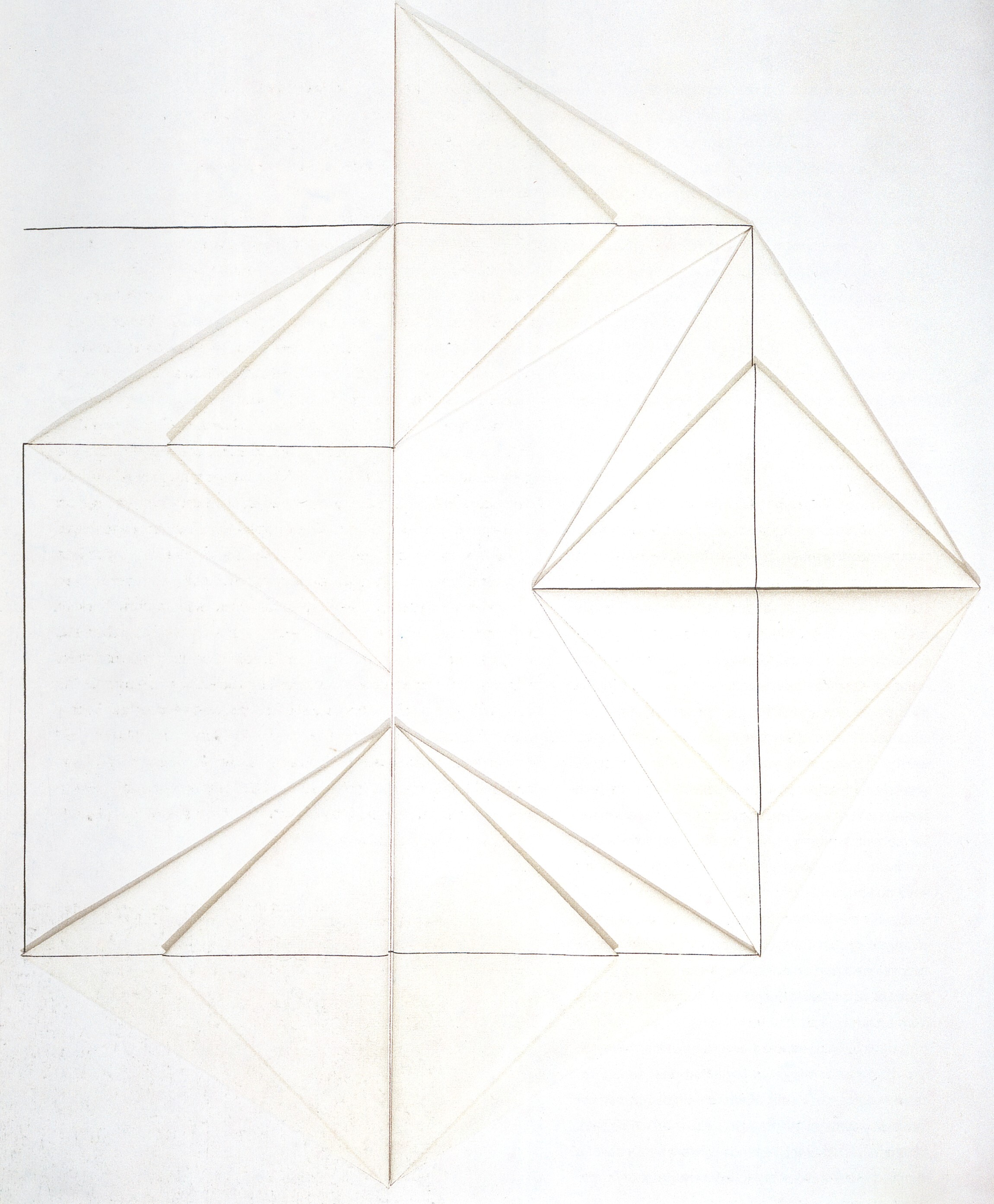
3. Lois Morrison
In The Caterpillar Who is a Corps de Ballet (1993), book artist Lois Morrison (b. 1934) tells the story of a caterpillar who performed in iconic dance works, including Vaslav Nijinsky’s Le Sacre du Printemps and Agnes de Mille’s Rodeo. Morrison’s books are whimsical and often include moveable parts, like this dancing caterpillar’s legs.
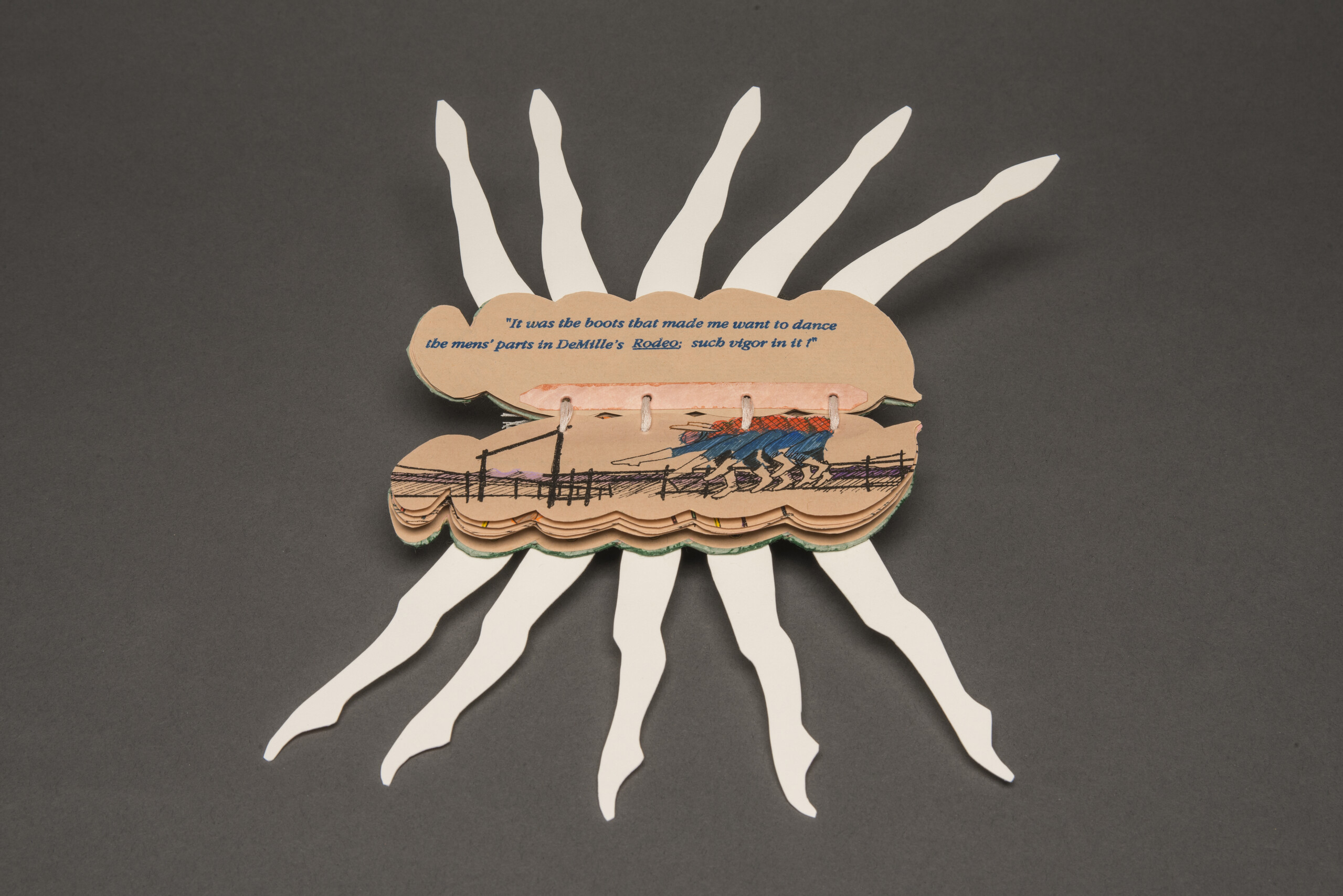
4. Judy Rifka
Judy Rifka (b. 1945), a prolific painter, studied dance with Barbara Dilley’s all-women group, The Natural History of the American Dancer. Rifka relates the movement of bodies in space while dancing to the creation of space in her paintings, which helps the artist make a physical connection to her works.
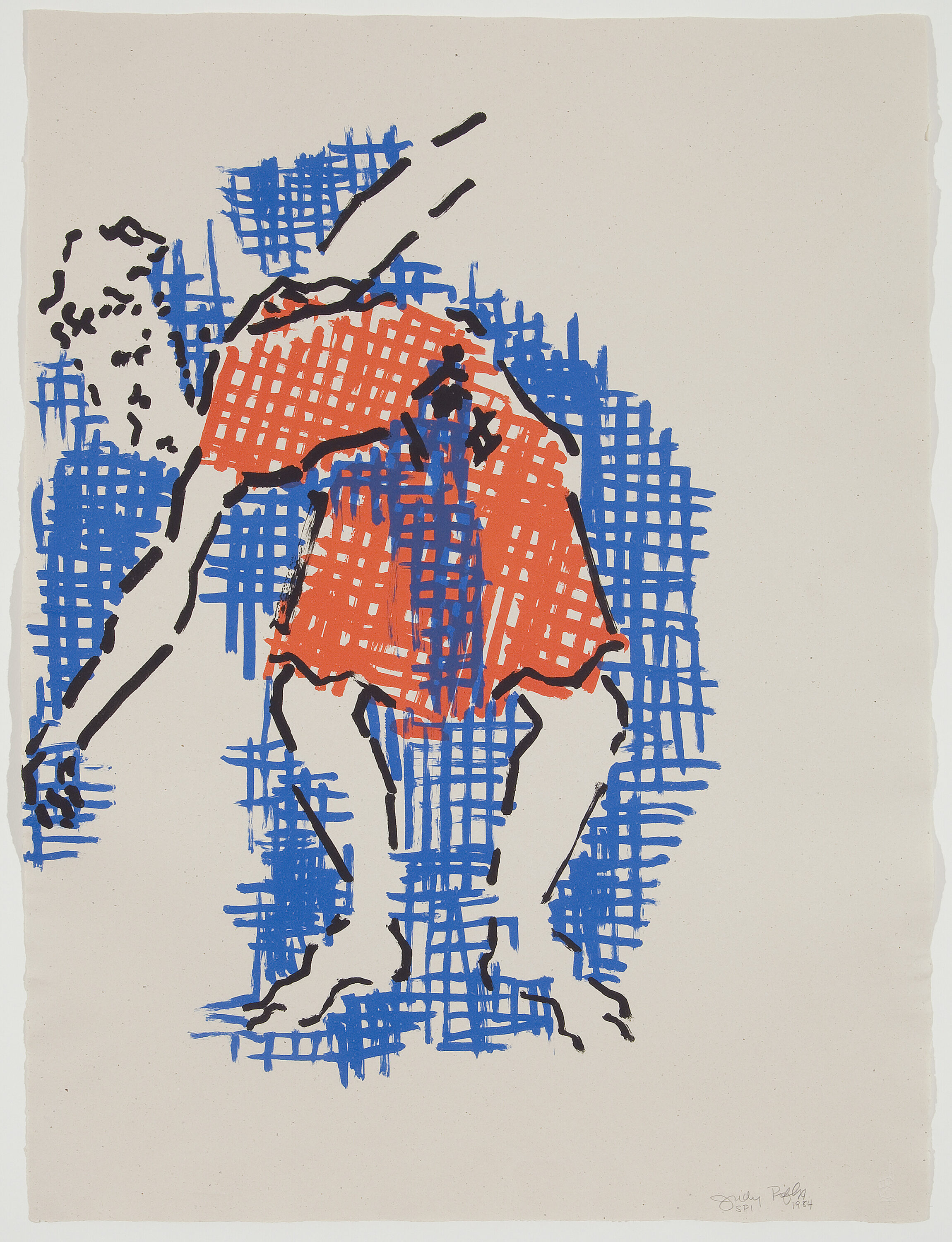
5. Susan Katz
In her photo essay The Woman I Am (1974–1976), photographer Suzan Katz (b. 1947) set out to document the experiences of 18 professional women artists. She featured several dancers, including Joan Miller (1936–2014), also a choreographer, and pioneer of avant-garde postmodern dance, who used movement to make social change.
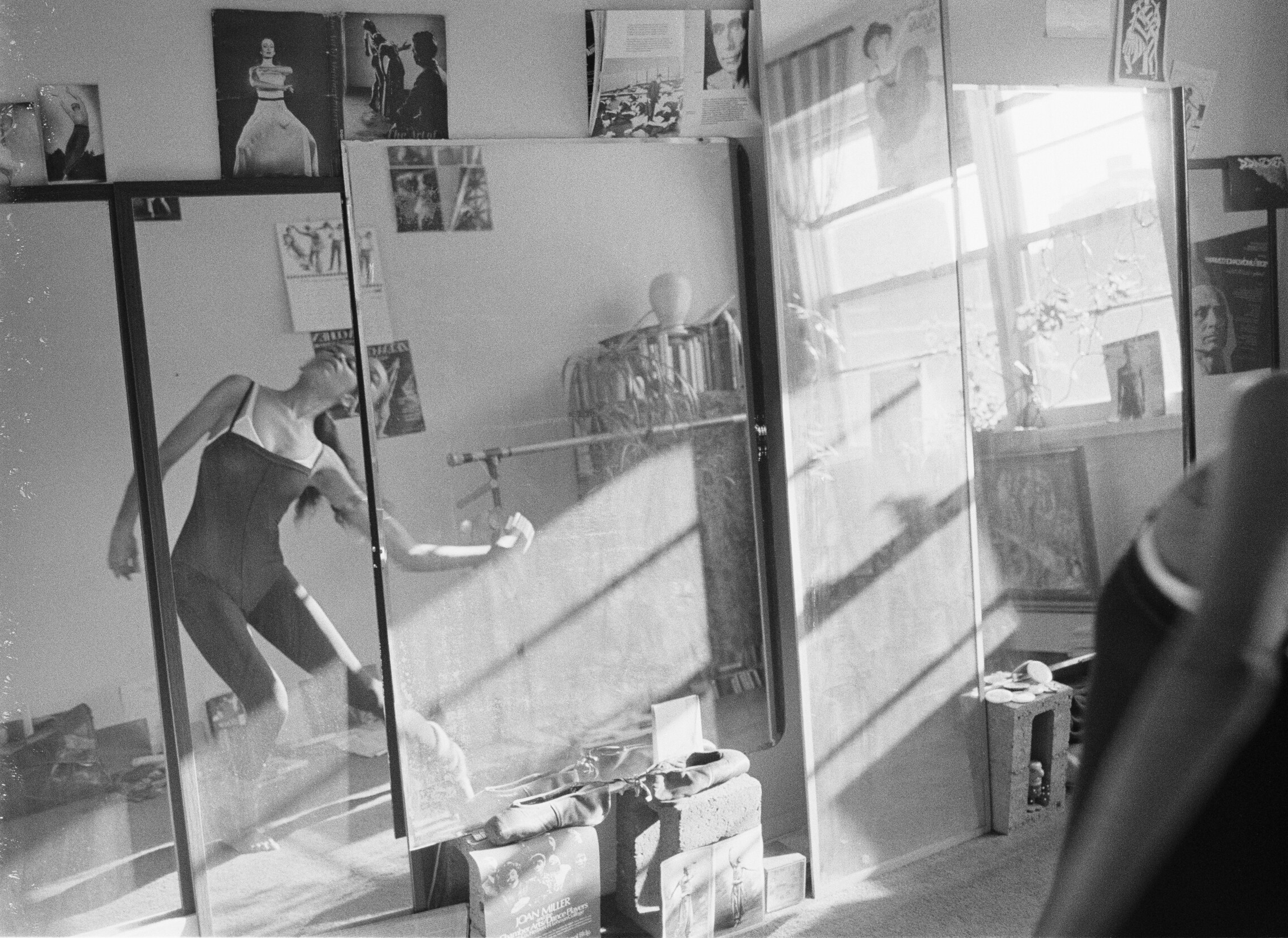
Want to learn about more artists moved by dance? Check out Faith Ringgold (b. 1930) and Nikki S. Lee (b. 1970).
